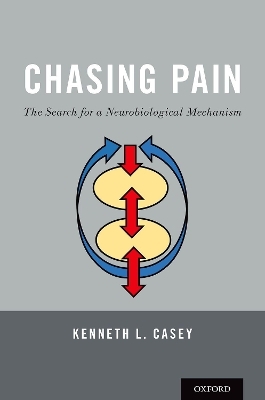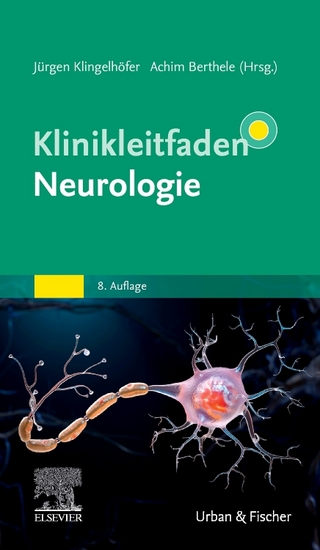
Chasing Pain: The Search for a Neurobiological Mechanism
Oxford University Press Inc (Verlag)
978-0-19-088023-1 (ISBN)
Historically, pain has been conceived as emerging either from an undefined pattern of neural activity or from anatomically and physiologically unique structures in the nervous system. Observations made during the early and mid- 20th century showed that pain and pain-like behaviors normally require not only sensory detectors of noxious events (called nociceptors) but also brain affective (hedonic) mechanisms that generate emotional experience and expression. In Chasing Pain, pain specialists and neuroscientists will find a thoughtful discussion of the neuroscientific and clinical evidence that has led to contemporary concepts of pain neurobiology and how pain might emerge from neuronal activity. Written in a concise and annotated format, Doctor Kenneth Casey reveals that while contemporary research has greatly enriched our model of pain neurobiology, several important and therapeutically challenging clinical conditions remain poorly understood.
Kenneth L. Casey, MD is Professor Emeritus of Neurology and Molecular and Integrative Physiology at the University of Michigan in Ann Arbor, Michigan.
INTRODUCTION: WHY PAIN?
CHAPTER 1: A SAMPLE AT THE EXTREMES
CHAPTER 2: DRIVERS OF PAIN RESEARCH AND A MEETING IN ISSAQUAH
CHAPTER 3: Functional localization, the spinothalamic tract, and neurosurgery for pain
CHAPTER 4: Emotions, affect, and the limbic system
CHAPTER 5: EARLY EVIDENCE OF CNS CONTROL and A CONCEPTUAL MODEL REVISITED
CHAPTER 6: Psychophysics AND nociceptors
CHAPTER 7: Central sensitization AND PAIN GENES
CHAPTER 8: CNS MODULATION OF PAIN: NEUROPHYSIOLOGICAL AND CLINICAL EVIDENCE
CHAPTER 9: CNS GENERATION AND MODULATION OF PAIN; EARLY EVIDENCE FROM ANATOMICAL BRAIN IMAGING AND THE DEVELOPMENT OF FUNCTIONAL BRAIN IMAGING
CHAPTER 10: FUNCTIONAL IMAGING CONTRIBUTIONS TO CHASING PAIN
CHAPTER 11: UNFINISHED BUSINESS: A SAMPLE
CHAPTER 12: THE CHASE TODAY: SUMMARY AND IMPLICATIONS
Appendix
| Erscheinungsdatum | 25.03.2019 |
|---|---|
| Verlagsort | New York |
| Sprache | englisch |
| Maße | 231 x 155 mm |
| Gewicht | 318 g |
| Themenwelt | Medizin / Pharmazie ► Medizinische Fachgebiete ► Neurologie |
| Medizin / Pharmazie ► Medizinische Fachgebiete ► Schmerztherapie | |
| Naturwissenschaften ► Biologie ► Humanbiologie | |
| Naturwissenschaften ► Biologie ► Zoologie | |
| ISBN-10 | 0-19-088023-6 / 0190880236 |
| ISBN-13 | 978-0-19-088023-1 / 9780190880231 |
| Zustand | Neuware |
| Informationen gemäß Produktsicherheitsverordnung (GPSR) | |
| Haben Sie eine Frage zum Produkt? |
aus dem Bereich


